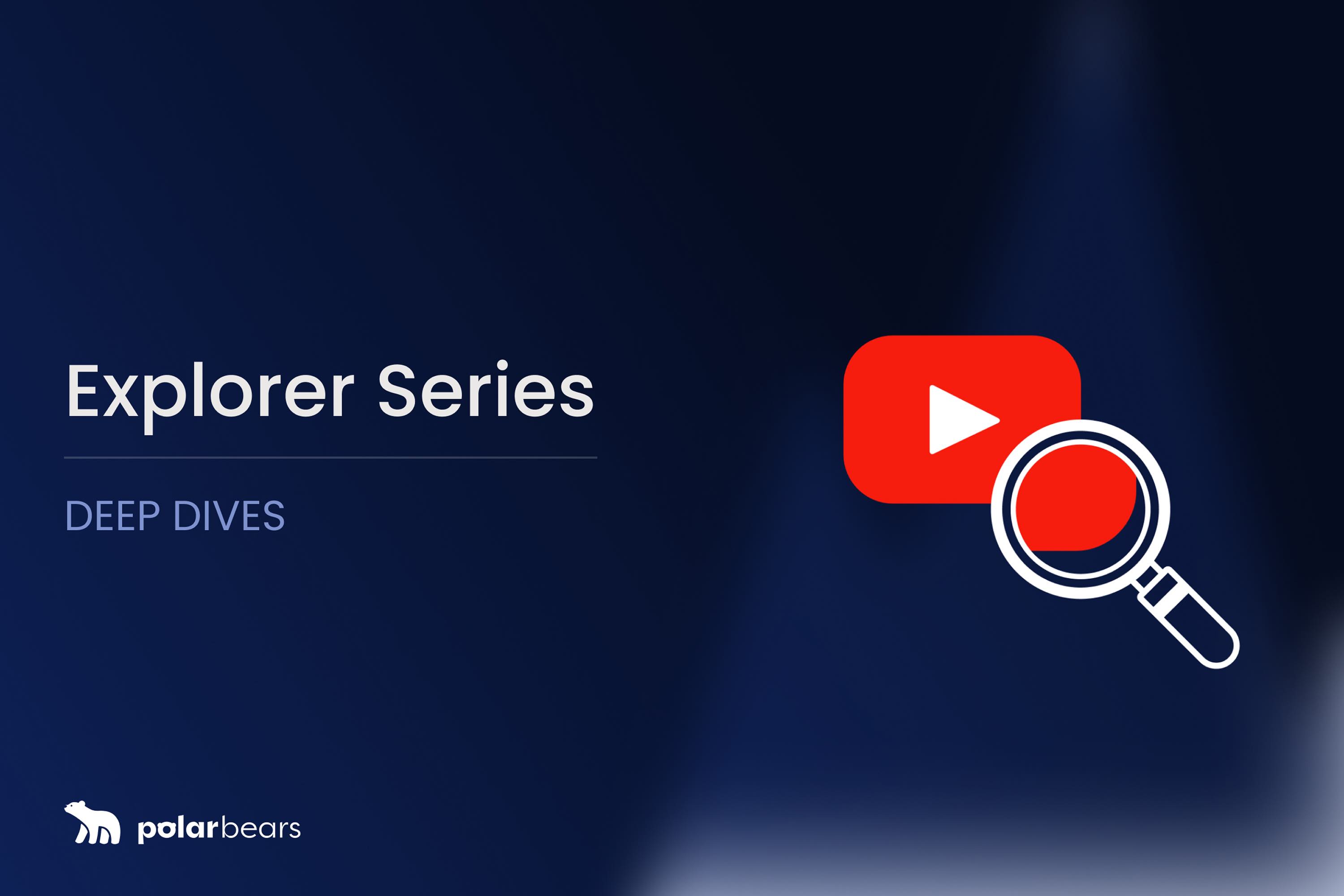The Polar Report #17

Welcome to The Polar Report, a curated view of what’s happening in the world of Digital Monetisation, Audience Development, and Measurement. This week we dive into the rising costs of YouTube TV’s monthly subscription price, YouTube introducing the ‘Multiview’ feature for sports, YouTube Studio’s new podcast creation tools, and disputes between TV programmers and YouTube over measurement standards.
Monetisation
YouTube TV Raises Monthly Subscription Price to $73 Due to Rising Content Costs
YouTube TV announced a price increase from $65 to $73 per month, citing rising content costs and continued investment in service quality.
While new subscribers face the higher fee immediately, existing members will see the change from April 18. Despite backlash, YouTube TV highlights its offerings, including live TV channels and free ad-supported content, distinguishing it from cheaper services like Netflix, Disney+, and Amazon Prime.
With 5 million users, YouTube TV’s challenge will be retaining subscribers amid growing competition and limited consumer budgets.
Full Article on Tech Times
YouTube TV Introduces ‘Multiview’ for Watching Four Streams at Once
A new multiview feature allows YouTube TV users to watch up to four preselected streams simultaneously, starting with sports content.
Subscribers can switch audio, captions, and full-screen views, enhancing the sports-watching experience. Repurposing technology from YouTube Live, YouTube TV plans to expand multiview beyond sports, with broader availability expected by the NFL season.
For creators, if this feature extends to YouTube Live, it could allow viewers to watch multiple live streams simultaneously, increasing exposure and engagement.
Full Article on Tech Times
Audience Development
YouTube Studio Introduces New Podcast Creation and Playlist Conversion Features
YouTube is launching podcast tools that allow creators to create and manage podcasts directly in YouTube Studio.
The new podcast tab will feature playlists, audio-only playback, podcast-specific discovery, and analytics like traffic sources, demographics, and revenue. Creators must provide square thumbnails and detailed descriptions for better visibility.
As podcast creation becomes more accessible, expect a surge in new podcasts, opening new opportunities for advertisers to target untapped audiences.
Full Article on Digital Information World
Measurement
Measurement Sparks Dispute Between TV Programmers and YouTube
Traditional broadcasters and YouTube are clashing over measurement standards as TV advertising evolves.
Broadcasters advocate for impression-based measurement, large representative data sets, and transparency, while YouTube’s standards rely on the Media Rating Council’s two-second viewability rule for web and mobile ads, not TV.
With TV networks rejecting user-generated content as premium and YouTube refusing non-Nielsen currencies, the path to standardised measurement remains complex. However, investment in alternative currencies is growing, potentially reshaping TV and video ad buying.
Full Article on Ad Exchanger
If you liked that why not take a look
Ready to maximise your YouTube revenue?
Get in touch and let’s begin exploring your channel’s hidden potential.










